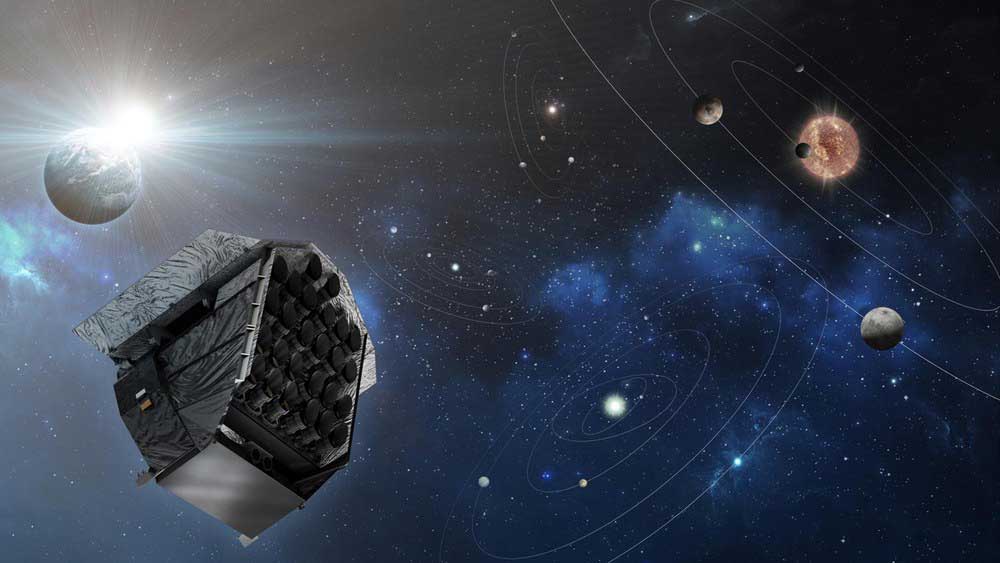
This site is also available on:
Deutsch
Are there planets similar to Earth? Do they orbit stars like our sun? How do planetary systems form and evolve? To answer these and other questions, the European Space Agency (ESA) will launch the PLATO (PLANetary Transits and Oscillations of Stars) mission into space at the end of 2026.
Starting in 2027, it will begin searching for planets beyond the solar system – with a particular focus on Earth-sized planets orbiting sun-like stars. An important milestone has now been reached: From June 10 to 13, 2025, the two main components of the space telescope were integrated at the aerospace and technology company OHB Systems AG in Oberpfaffenhofen. Germany is playing a key role in the construction of the telescope, its operation, and the scientific analysis of its data. The German contributions and the international scientific team are coordinated by the German Aerospace Center (DLR).
“Almost exactly eight years after ESA gave the green light for the PLATO mission, both the satellite and the unique telescope with its 26 ‘eyes’ have been completed on time,” says Prof. Heike Rauer, the mission’s scientific director from DLR and the Free University of Berlin. “This is an outstanding achievement. Unlike many other space telescopes, PLATO doesn’t require just a single complex telescope camera – a total of 26 cameras will be installed. They will enable PLATO to examine approximately 250,000 stars for orbiting planets. The 26 sensitive cameras were built and tested in the member states of the payload consortium. The international collaboration between the consortium members and ESA has worked exceptionally well. All tests conducted so far show us that PLATO will deliver the planned and required measurement accuracy.”
Millimeter-precise precision in the cleanroom
In the clean room of OHB System AG – the industrial prime contractor for PLATO – the “optical bench” with its 26 cameras was lifted over the spacecraft’s service module at the integration facility in Oberpfaffenhofen, Bavaria. The service module houses all the components required for spaceflight, control, and operation of the space telescope – including the propulsion system, the antenna for communication with Earth, and the systems for transmitting scientific data. The 26 cameras had been mounted on the camera platform over the past few months.
This camera platform was positioned and aligned with millimeter precision above the service module. The integration team then tested the electrical connections. After successfully passing all tests, the two satellite components were firmly connected. The satellite will undergo a full functional test of the space telescope and the data processing system in the coming weeks.
The next major step for PLATO is its transport from Oberpfaffenhofen to ESA’s Space Research and Technology Centre (ESTEC) in Noordwijk, the Netherlands. There, PLATO will receive its solar module and sunshade panels before undergoing testing in a space simulation chamber. It will then be transported to the launch site in Kourou, French Guiana. Launch is planned for December 2026 aboard an Ariane 6 rocket with two solid-fuel boosters.
26 cameras scan the Milky Way
With its unique design—instead of a large telescope mirror, 26 telescope cameras are mounted on a common platform—PLATO will initially examine approximately 250,000 stars for orbiting planets. To do this, the probe will be guided to the second Lagrange point (L2). This is where the James Webb Space Telescope is located, 1.5 million kilometers from Earth. Scientists expect the mission to discover thousands of rocky, icy, and gaseous planets orbiting various types of stars. To detect these worlds, PLATO will use the so-called transit method, which has also been used by previous exoplanet space missions such as the French-European CoRoT mission and NASA‘s Kepler mission. This technique is based on measuring the regular, slight fluctuations (or “dips”) in a star‘s brightness caused by the transit of a planet. These “candidates” will then be examined in more detail from Earth using ground-based telescopes.
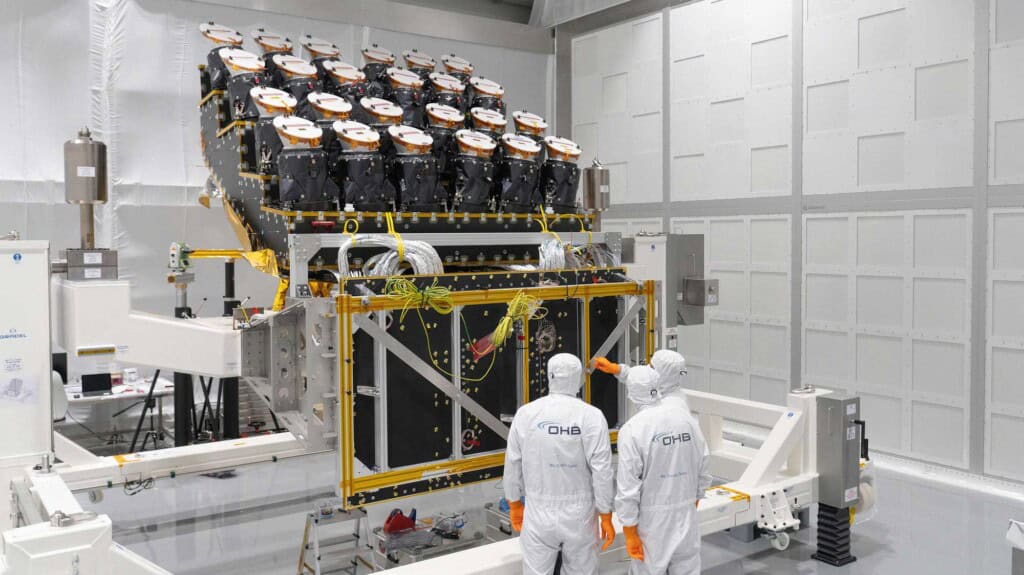
All 26 cameras have the same optical design, but the detectors operate at different readout speeds. Two “fast” cameras read their data every 2.5 seconds, while the 24 “normal” cameras operate at a 25-second interval. The data from the fast cameras is used to precisely align PLATO and keep it on track. The normal cameras serve as the mission’s “science workhorses,” recording the light curves that can be used to identify potential planetary signals. PLATO will not produce actual optical images of exoplanets—the kind of photos that can be taken of planets in our solar system, as exoplanets are too far away for that. Instead, the instruments measure the periodic dimming of starlight, which can indicate the presence of a planet orbiting a star.
The sophisticated readout electronics and data processing systems for the fast cameras—including the software for precision satellite alignment—were developed at the DLR Institute of Space Research in Berlin-Adlershof. In addition to the fast readout rate of 2.5 seconds, the fast cameras have another special feature: They are equipped with either a blue or red filter. This allows the recording of transit events at both shorter (blue) and longer (red) wavelengths. Differences in the transit signals between these wavelengths could indicate the presence of an atmosphere on the observed exoplanets.
German coordination for an ESA mission
PLATO’s scientific payload is being developed and built by an international consortium involved in both the hardware and software components and the operation of the mission’s data center. This consortium is led by DLR. ESA is responsible for the entire mission, including the construction of the space telescope, the launch of the spacecraft, the ground segment, mission control, and operations. The establishment and coordination of the PLATO scientific data center is being led by the Max Planck Institute for Solar System Research in Göttingen. Germany is also playing a key role in supporting the camera test campaigns, the development of data processing pipelines, and the scientific analysis of the mission data, which are being carried out at the Free University of Berlin, the Aachen University of Applied Sciences, and the Rheinisches Institut für Umweltforschung (RIU) at the University of Cologne. Parts of the payload development, the data center, and the operation of the payload from the end of 2026 onwards will be funded by the German Space Agency at DLR with federal funding. The satellite carrying the payload will be built and assembled by the PLATO core industrial team, led by OHB, together with Thales Alenia Space and Beyond Gravity.
| Background info: What is the Lagrange point 2? |
|---|
| Lagrange Point 2, or L2 for short, is 1.5 million kilometers from Earth and lies in the extension of the sun-Earth line. This is a position in space where the gravitational forces of Earth and Sun balance each other out, allowing a satellite to maintain its stable position with minimal energy expenditure and orbit the massive Sun together with the comparatively small Earth. L2 is particularly valuable for astronomy because space telescopes like PLATO or James Webb can operate there undisturbed by Earth radiation and with a permanent view into deep space, while maintaining uninterrupted communication with Earth. |

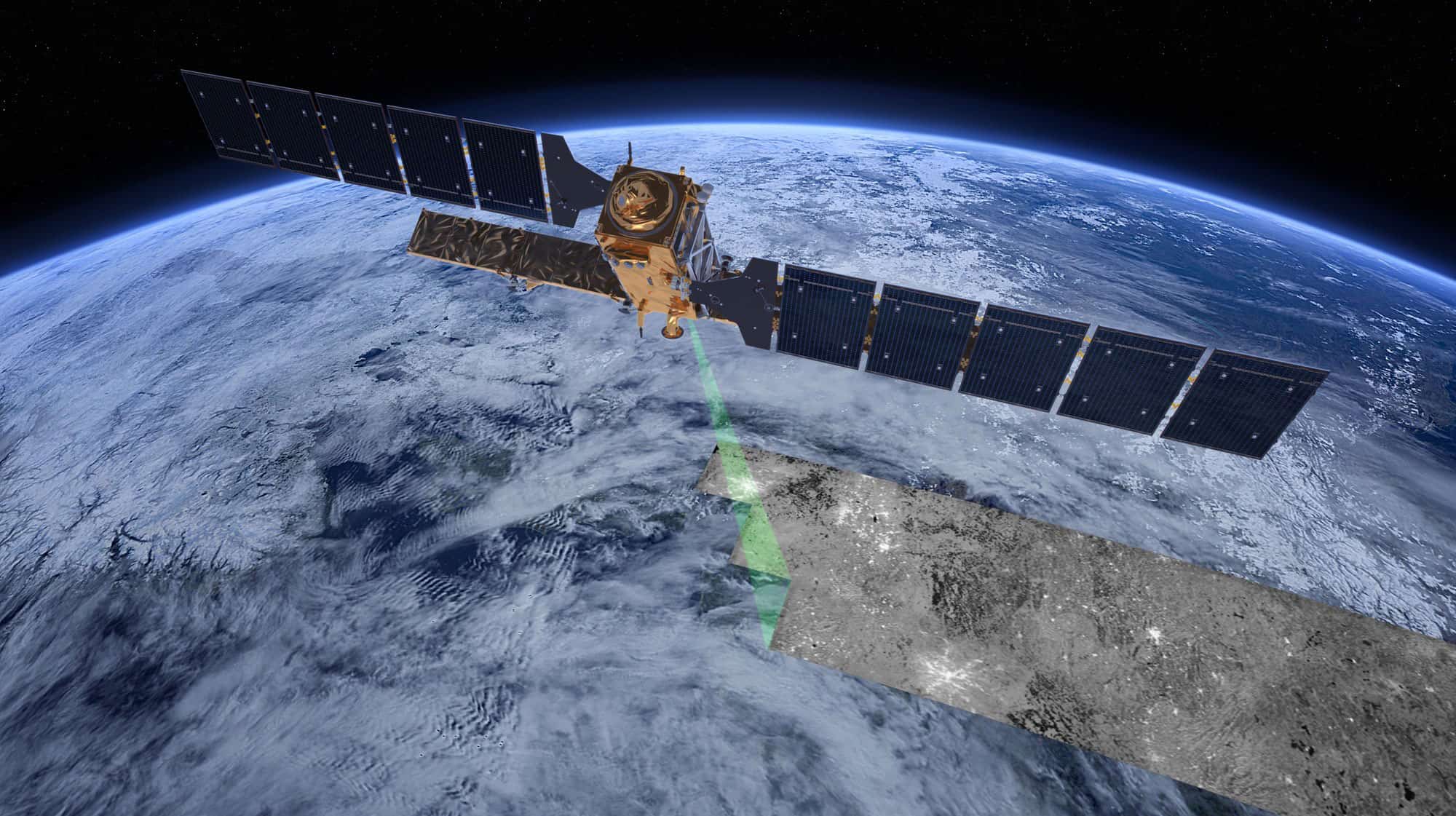 Copernicus Sentinel-1D satellite launched in Kourou (French Guiana) (Copernicus Sentinel-1D satellite launched in Kourou (French Guiana))
Copernicus Sentinel-1D satellite launched in Kourou (French Guiana) (Copernicus Sentinel-1D satellite launched in Kourou (French Guiana))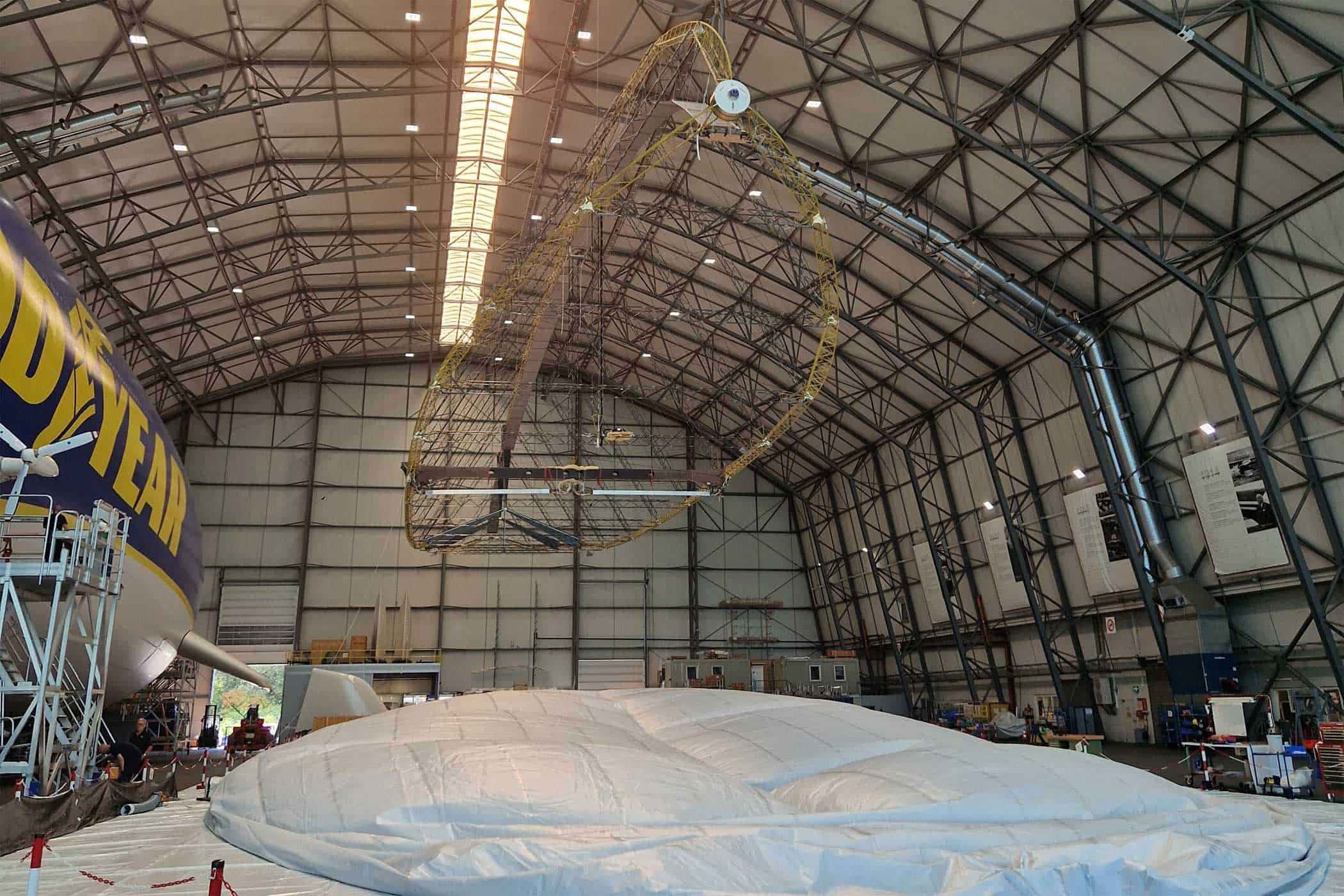 Zeppelin NT airship conquers the skies of the Lake Constance region (Zeppelin NT airship conquers the skies of the Lake Constance region)
Zeppelin NT airship conquers the skies of the Lake Constance region (Zeppelin NT airship conquers the skies of the Lake Constance region)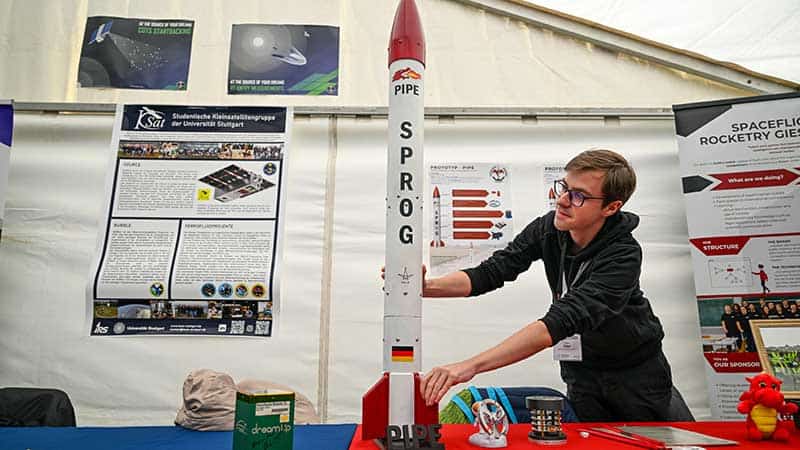 Wacken Open Air: Interstellar meeting place for space enthusiasts (Wacken Open Air: Interstellar meeting place for space enthusiasts)
Wacken Open Air: Interstellar meeting place for space enthusiasts (Wacken Open Air: Interstellar meeting place for space enthusiasts) Vietnam extends visa-free entry until 2028 (Vietnam extends visa-free entry until 2028)
Vietnam extends visa-free entry until 2028 (Vietnam extends visa-free entry until 2028) ver.di integrates TGL and strengthens aviation presence (ver.di integrates TGL and strengthens aviation presence)
ver.di integrates TGL and strengthens aviation presence (ver.di integrates TGL and strengthens aviation presence) ver.di announces strike at Stuttgart Airport (ver.di announces strike at Stuttgart Airport)
ver.di announces strike at Stuttgart Airport (ver.di announces strike at Stuttgart Airport)



















